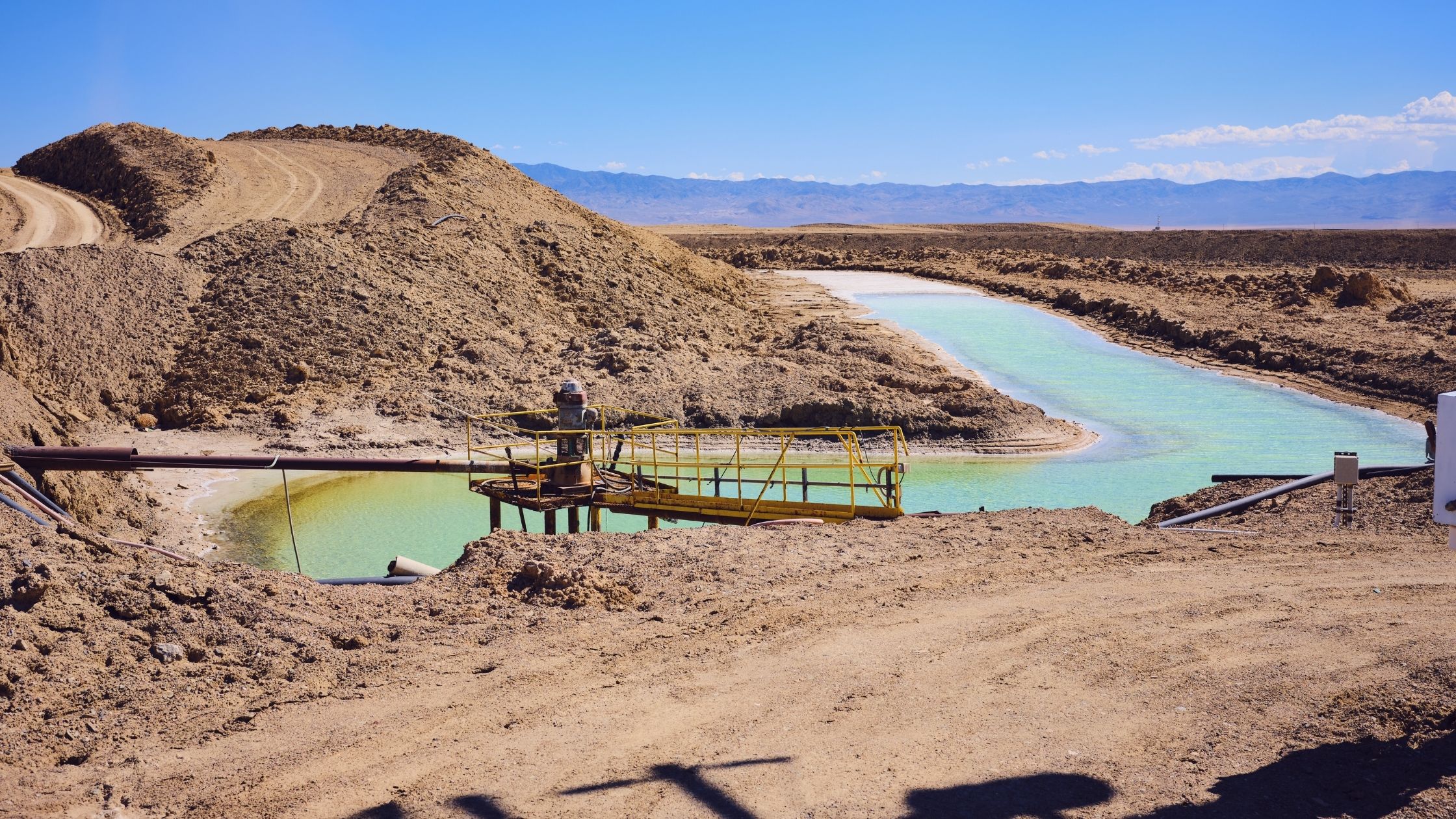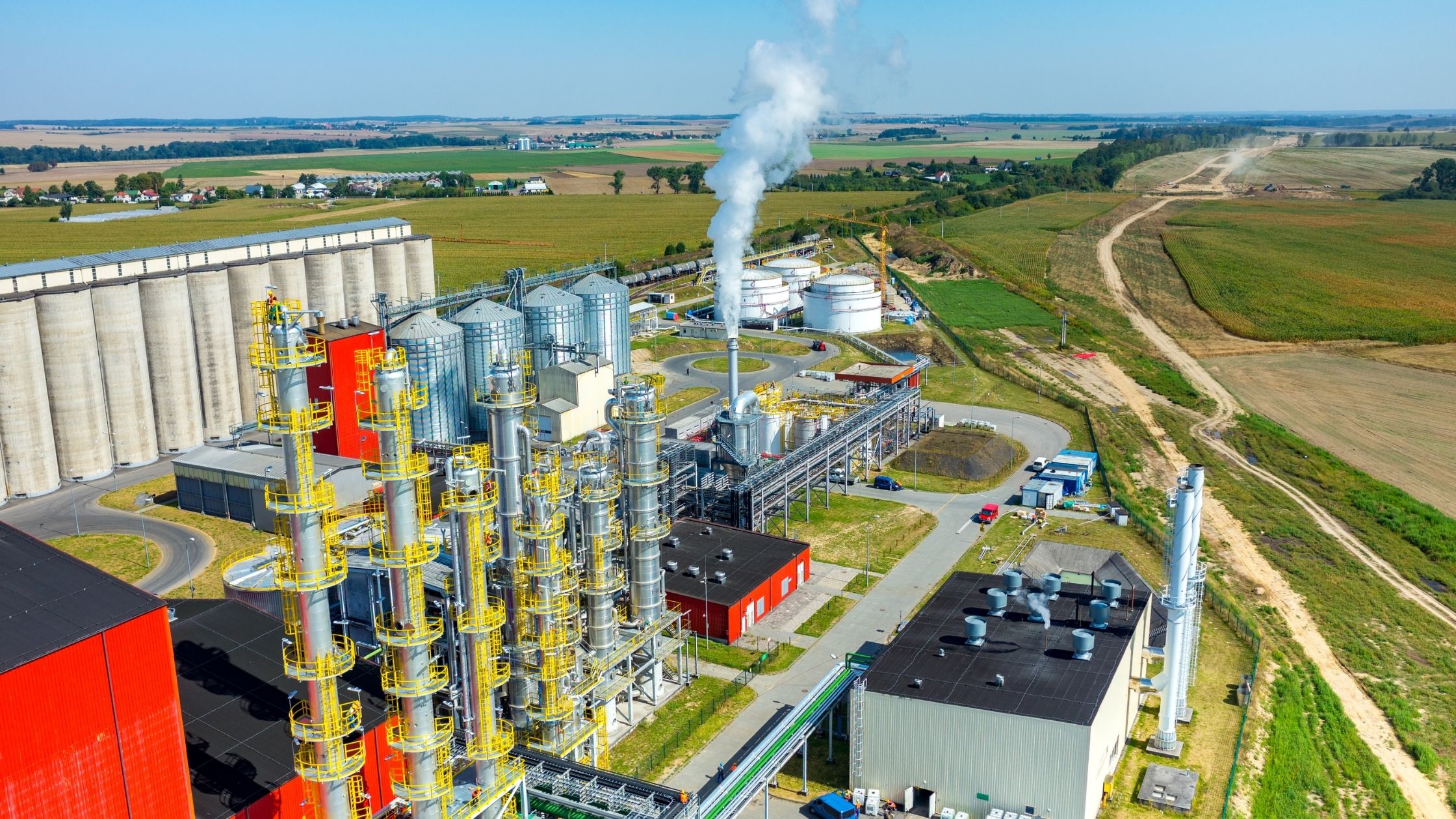
If we want to fight climate change, we need to care about fungi
What’s happening? Underground fungi networks are to be mapped for the first time in an effort to conserve them and improve their ability to store CO2. The project, led by the Society for the Protection of Underground Networks, will see 10,000 samples collected from hotspots around the world that have been identified using artificial intelligence. (The Guardian)
Why does this matter? Healthy soils provide a myriad of ecosystem services and store about 80% of the carbon in terrestrial ecosystems. Yet we know relatively little about these vital carbon sinks – and time is running out.
According to the FAO, more than 90% of the Earth’s soils could be degraded by 2050. So, how do we maintain and restore healthy soils? One factor that is often overlooked in these debates is fungi.
How do fungi fight climate change? Mycorrhizal fungal species colonise plant roots and provide them with nutrients such as phosphorus, facilitating their growth and increasing their absorption of atmospheric CO2. In return, mycorrhizal fungi receive some of the converted carbon and store it in their mycelium. This mutualistic association can be found in all kinds of environments – according to estimates, 90% of all plant species have symbiotic relationships with fungi.
Scientists have discovered these underground networks could play a significant role in the fight against climate change. For example, in 2013, researchers found that up to 70% of the carbon sequestered in the soil of Swedish boreal forests originates from root-associated fungi.
A kingdom under threat – Despite growing awareness of the importance of these organisms, a large proportion of the fungi kingdom remains understudied. Out of an estimated 2.2 to 3.8 million species on Earth, only 120,000 have been named, and merely 56 have had their status assessed for the IUCN Red List of Threatened Species.
This is especially worrying considering that fungi face multiple threats, including climate change, urbanisation and pollution. Intensive farming practices, such as ploughing and the use of chemical fertilisers and pesticides, have also been shown to decrease the abundance and diversity of mycorrhizal fungi, even though these organisms could go a long way towards making the sector more sustainable.
A research team from the South Dakota State University found that pairing food and biomass crops with certain mycorrhizal fungal species boosts their growth significantly, reducing the need for artificial fertilisers. At the same time, the root-based fungus acts as a natural defence against environmental stressors such as drought, salinity or disease. Other species have also proven to be effective against many common agricultural pests.
The next super material? The benefits of fungi are not just limited to climate change mitigation and agriculture. Researchers have started to explore their use in buildings and garments, with projects ranging from compostable bricks to electricity-producing wooden floors and vegan leather. Elsewhere, fungus-based foods could reduce the need for meat and soy. Last year, Finnish biotech start-up eniferBio announced the creation of a lab-grown alternative to conventional fish feed, while Nature’s Fynd developed a meat substitute containing 50% more protein than tofu.


